Robben Ford talks Butterfield, blues and breaking in SGs
All the info on new album Into The Sun
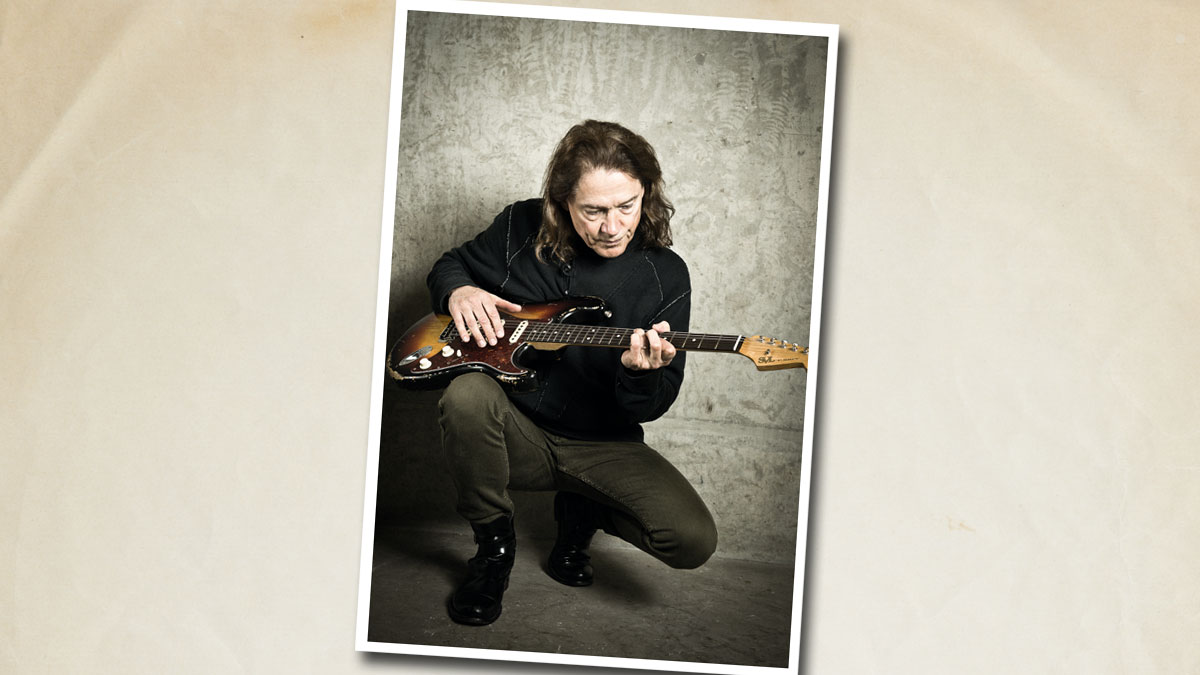
Introduction
Robben Ford opens up about blues ruts, seeing BB King for the first time and why he’s so happy with his new album, Into The Sun…
Ford has always defied categorisation. His solo recordings have embraced jazz, blues, rock, funk, fusion and whatever else he’s into at the time
It’s late afternoon, just hours before virtuoso Robben Ford is set to scorch the roof off London’s 02 Academy, Islington. Between posing for photos and treating us to a fascinating video tutorial, Robben takes a pew to tell us all about his new guest-studded long player and answer a few questions about the blues.
As a player, Ford has always defied categorisation. His solo recordings have embraced jazz, blues, rock, funk, fusion and whatever else he’s into at the time, while the artists he has recorded and toured with illustrate a similar fondness for mixing it up. Miles Davis, Joni Mitchell, KISS, Dizzy Gillespie, Georgie Fame and Jimmy Witherspoon are just a few of the legends who have called on Robben’s services.
In addition, his tutorial books, videos and DVDs have helped teach generations of six-stringers how to make their instruments really sing.
Into The Sun, released earlier this year, is an album of which Robben is rightly very proud. As well as featuring an ace core band of musicians - with Brian Allen on bass, Wes Little on drums and Jim Cox on keys - the record also showcases some jawdropping guest stars.
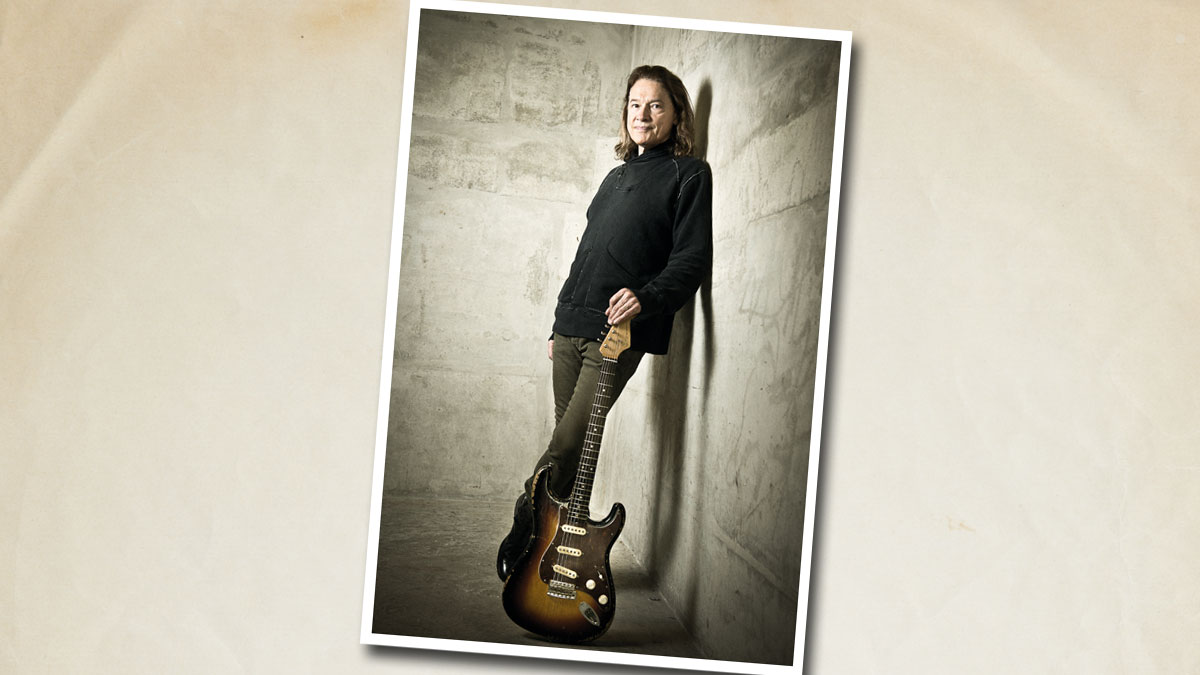
Into the sun
You’ve recently been quoted as saying your new album, Into The Sun, is one of your favourite recordings. Why do you think that is?
“I love the record and I’m very proud of it, largely because of the songwriting, something that I’ve focused on and been developing for years and I really feel like it has come to full fruition on this one. And the band that I currently have seemed particularly suited for it as well because they’re very versatile. They’ve played R&B, they’ve played jazz and they’ve played in rock bands.
I wanted it to be a record that was clearly made today and that couldn’t have been made yesterday
“Versatility is really important for me, I need guys who can really play in a variety of styles and then everything comes together into one package. I have found a way for myself personally to focus all these influences. I’ve put it all into a package that is kind of my own, so finding guys who can work with me is important. It really came together with these guys on this record.”
Did you have a vision for the record?
“I wanted it to sound modern. I wanted it to be a record that was clearly made today and that couldn’t have been made yesterday. That was my one intent but, you know, it doesn’t really matter, because the record’s just going to be the record, unless you’re baking a cake by a recipe when you go in.
“I’m never sure what kind of cake we’re going to make because an album’s a product of everybody’s input. It’s really a collaboration and I like working that way.”
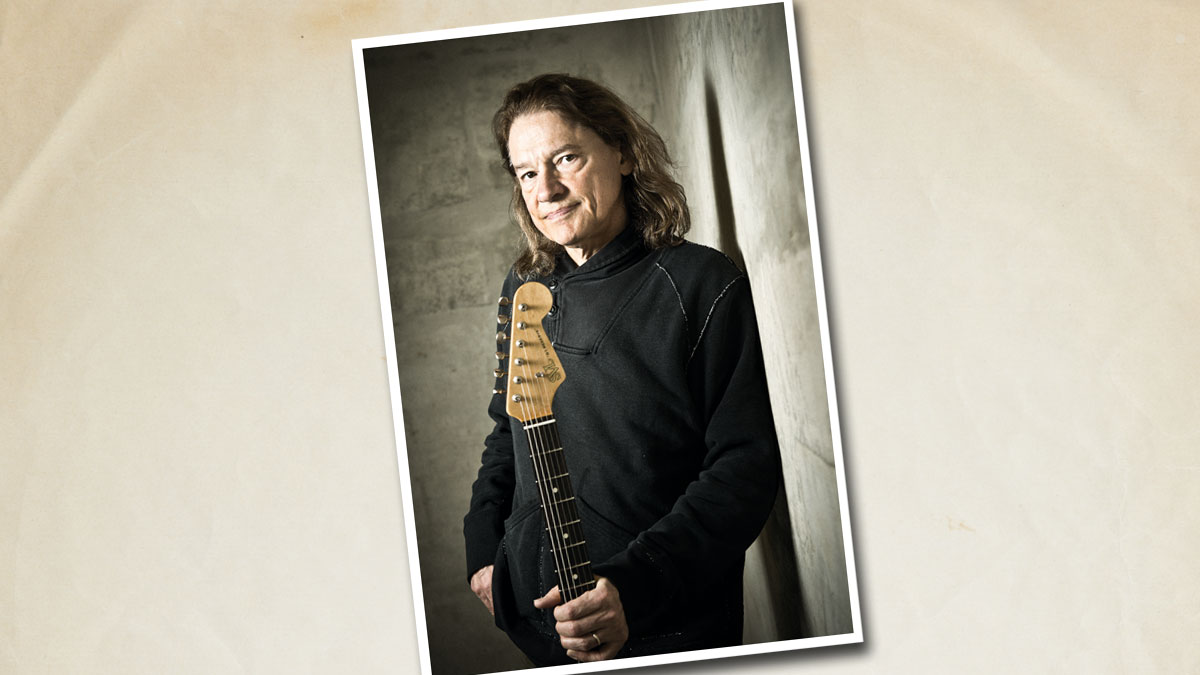
Be my guest
There are some fantastic guests on the album, including Warren Haynes, Sonny Landreth, Keb’ Mo’ and Robert Randolph. How did they become involved?
“My management actually came to me with the idea of having a bunch of guests on the record and, after thinking about it, I thought, ‘Yeah, this is a good idea’. I had actually already invited Sonny Landreth to play on the record and Keb’ Mo’ was one of the next guys to come to mind. He and I have recorded and even written together in the past.
I’ve been trying to break in this beautiful ’63 Gibson SG to be my main guitar
“I met Warren Haynes with the Allman Brothers and I was mildly acquainted with Robert Randolph, too. He’s a great player and I was really happy to have both him and Keb’ Mo’ on the same song [Justified]. ZZ Ward and Tyler Bryant were recommended by management, so I checked them both out on YouTube and I liked what I saw.”
What guitars were you using when you recorded Into The Sun?
“Well, I’ve been trying to break in this beautiful ’63 Gibson SG to be my main guitar. I literally cut everything on the record with that except for one or two songs that I cut deliberately with the 1960 Telecaster that I’ve been playing the heck out of for many years now.
“Then Rose Of Sharon was recorded live with my Gibson [B-25] acoustic guitar and the electric was overdubbed after the fact. I used that ’63 SG to cut almost every track on the record, knowing that I could change it later - and what wound up happening was that I did end up going back to the Telecaster for a lot of things. I also have a ’64 SG, which I used on a few songs.
There’s actually very little in the way of electric rhythm guitar on the record
“There’s actually very little in the way of electric rhythm guitar on the record. There’s a song called Rainbow Cover where the Telecaster is just playing the riff and chords throughout, but most of what you hear on this record is acoustic guitar and [Hammond] B-3 as the kind of underpinning and then the electric guitars riffing over the top. That’s a first for me, using the acoustic guitar that much.”
Did you use any effects?
“Not really. I was plugged into a small board that I use live, but the effects were turned off. When I go in the studio to play, I try to approach it like it’s a gig, so it’s almost a psychological thing as well, having my pedalboard there in front of me.
“I believe it’s generally inadvisable to record with effects, because there’s a possibility that you might want to change the sounds and so I’ve got into the habit of recording without effects pretty much all the time.”
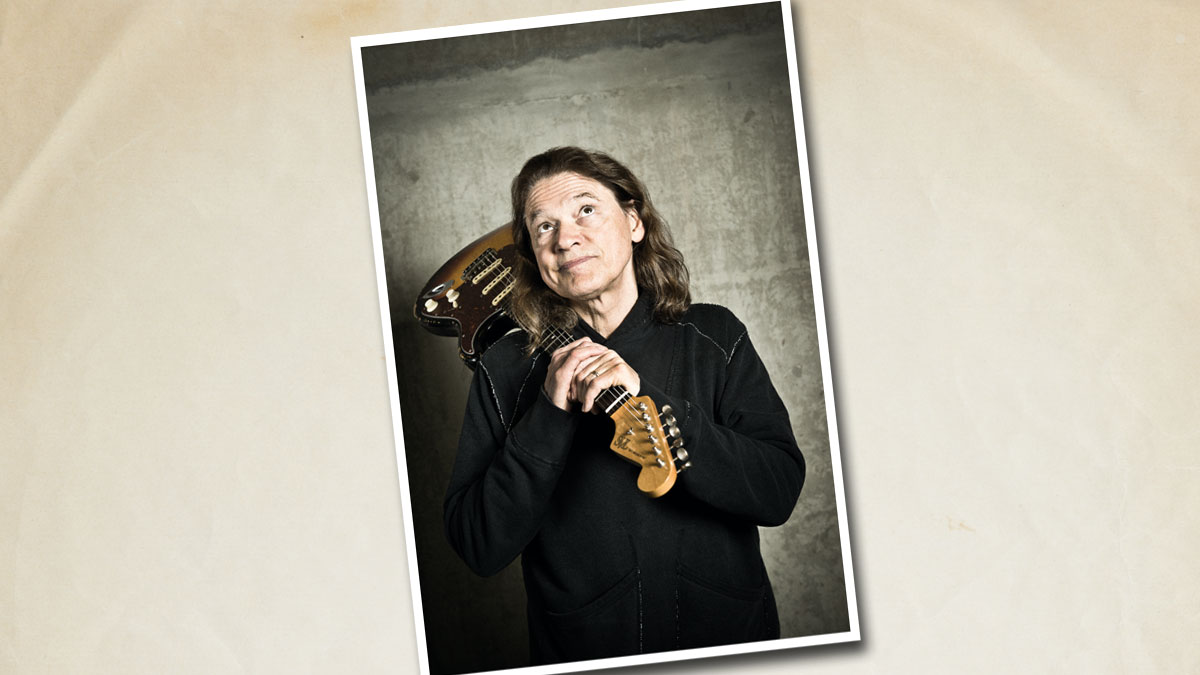
Mussel'd in
Do you remember the first blues songs you ever heard, and the effect they had on you?
“Oh yeah. The first blues that I ever heard was The Paul Butterfield Blues Band with Mike Bloomfield on lead guitar. It was incredible how intense it was compared to everything that I’d heard up to that point. It was a revelation, and it gave me my direction to play the electric guitar.
I really learned everything I know today about Mississippi Delta-style blues guitar playing from those records
“I then started buying records just because they were blues records… or jazz. There’s a three-record set called The Blues Box with Jimmy Witherspoon, Sonny Terry, Brownie McGhee, and Lightnin’ Hopkins. I really learned everything I know today about Mississippi Delta-style blues guitar playing from those records.”
When did you start fusing jazz into your blues playing?
“After I got out of school, I bought Mickey Baker’s first book on jazz chords and I learned all these jazz chord voicings. I’ve since done my own book called Blues Rhythms, which is my version of the Mickey Baker one, but taking all the information and putting it into a traditional blues format.
“Within a short period of time, I had an experience where I was playing with Charlie Musselwhite; I was 19 and we were on the same bill with Larry Coryell and his trio in Los Angeles. I asked him what all that ‘out’ stuff was that he was playing - the things that I couldn’t understand!
“And, of course, it wasn’t ‘out’ at all, it was just the diminished scale, the half step, whole step scale. So then I went home, took him at his word and I just went, ‘Half step, whole step, half step, whole step’ within the scale and started messing with it and making up licks with it.
“I realised that it sounded like Miles Davis’s music to me, so that was a cool revelation and it basically opened up the world of the II-V-I progression, which is basically jazz in a nutshell. That really helped me and I started being able to expand my harmonic playing.”
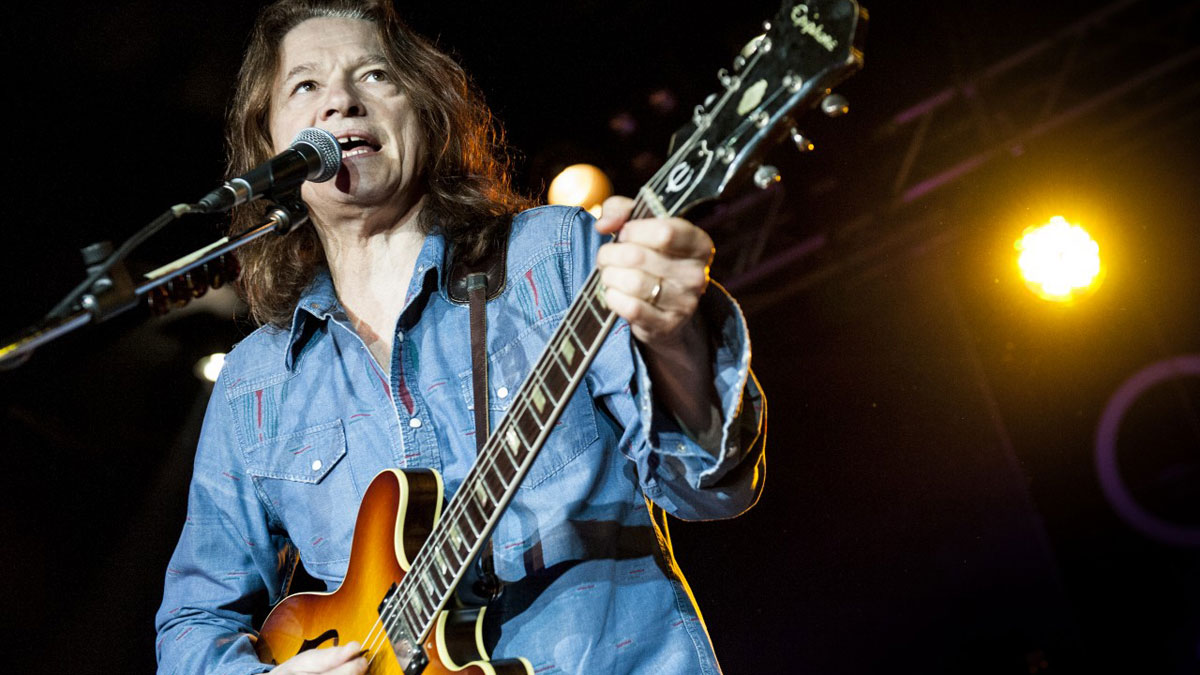
Tone and phrasing
You were still a teenager when you toured with Charlie Musselwhite and then Jimmy Witherspoon. What did you learn about blues from those guys?
“Charlie was playing very straight-up Chicago blues, which I was already into, but, quite frankly, I wanted to become a jazz player. The good thing about playing with him was that I was able to exercise these chords that I had taken from the Mickey Baker book. I started putting that into what I was doing in the Chicago blues tradition, so that was good.
Jimmy Witherspoon was just such a class act. As a blues singer, he was just fantastic and he had so much personality
“Jimmy Witherspoon was just such a class act. As a blues singer, he was just fantastic and he had so much personality. He was always saying my name and really promoting me on the bandstand, which was very cool.”
What defines good blues playing?
“Number one is tone and number two is phrasing. Blues doesn’t require a lot of harmonic knowledge to deliver its message but it is really a very expressive form of music. It’s meant to tell you something, so what’s important is the sound of the voice and the way in which you say the things you’re trying to say.
“There are a lot of different styles in the blues, which is really quite incredible. For such a simple form, there are so many different voices. For me, BB King was the first true messenger. I’d gone to see Mike Bloomfield’s band, The Electric Flag, in San Francisco and BB King was on the bill and it was the second great revelation!
“He was so wonderful and was like 40 - a young, strong, powerful, great man. We were just floored by him and he became instantly a super reference point for blues guitar.
“And then everybody else started appearing; suddenly, there’s Albert King and here’s Albert Collins. I’ve heard all of these people live and I was within 10 feet of every one of them, man! They were brilliant!”
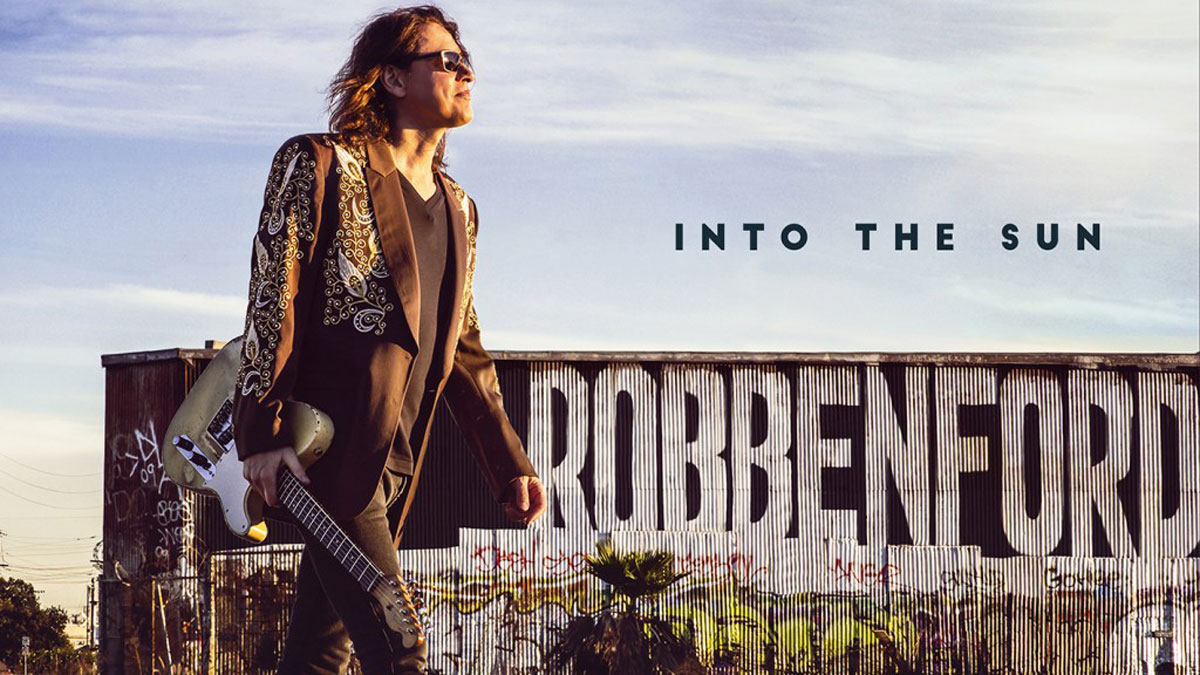
Blues futures
How far would you say there are common ruts players fall into when it comes to blues?
“For the most part, people just know three chords and the pentatonic scale. That is a box. That is a cul-de-sac! You know, it takes someone like BB King to continue to mine that field.
That’s how you get out of the rut - give yourself further opportunities and more harmonic and melodic information that you can expand upon
“I’m not that guy, but that’s why I opened up my mind to a broader harmonic world and learned chords and scales. That’s how you get out of the rut - give yourself further opportunities and more harmonic and melodic information that you can expand upon. You will see that what you can do and what is possible is limitless.”
What does the blues mean in 2015?
“Blues music means the same thing it always has. It will never go away… but there was actually one period when I was beginning my solo career when it really looked to me like the blues was dead.
“This was in the very early 80s and I had even been trying to school myself in pop music, because I really thought that it was where I was going to have to go to make a living. But suddenly, Stevie Ray Vaughan arrived on the scene and Robert Cray started getting attention and then John Lee Hooker was suddenly a star.
“That was good news for me, because the Talk To Your Daughter album had already been recorded and when I released that [1988], it was nominated for a Grammy for Best Contemporary Blues Recording.
“Now, not so long ago, The Black Keys came out with just a guitar player and a drummer playing blues music and this became the biggest thing in America, so, you know, it’s not going anywhere, man!
“The blues will never die because it’s like dirt. It’s like the earth. You have to have something to walk on and that’s American music.”
Robben Ford’s Into The Sun is available now on Provogue, for more information, visit his website robbenford.com

